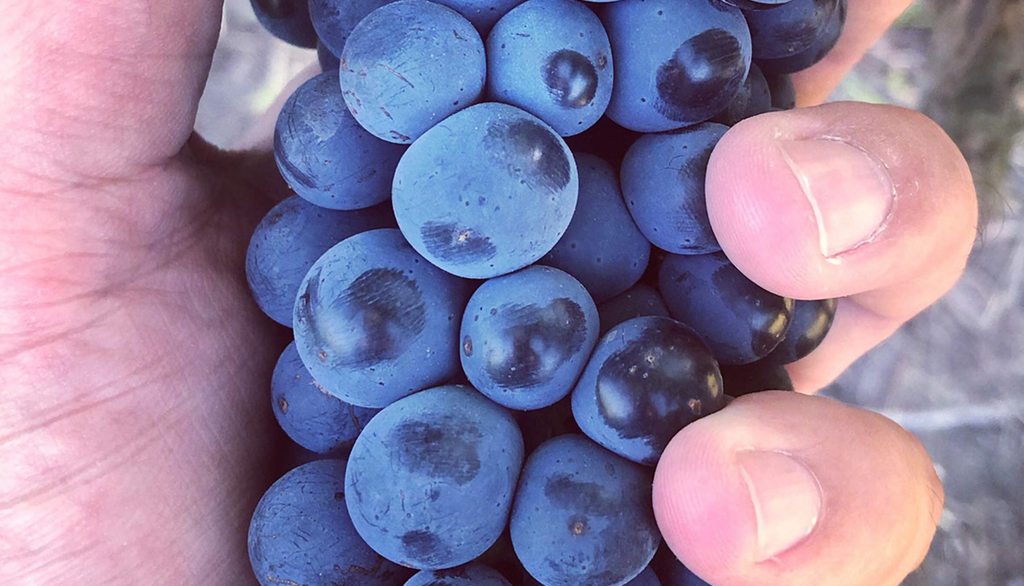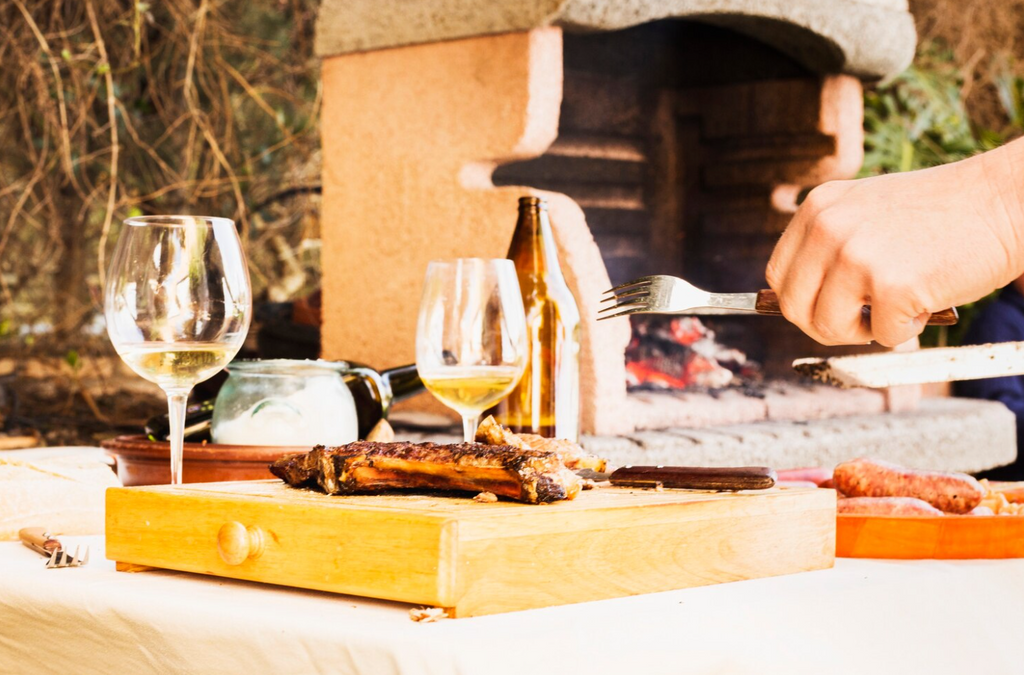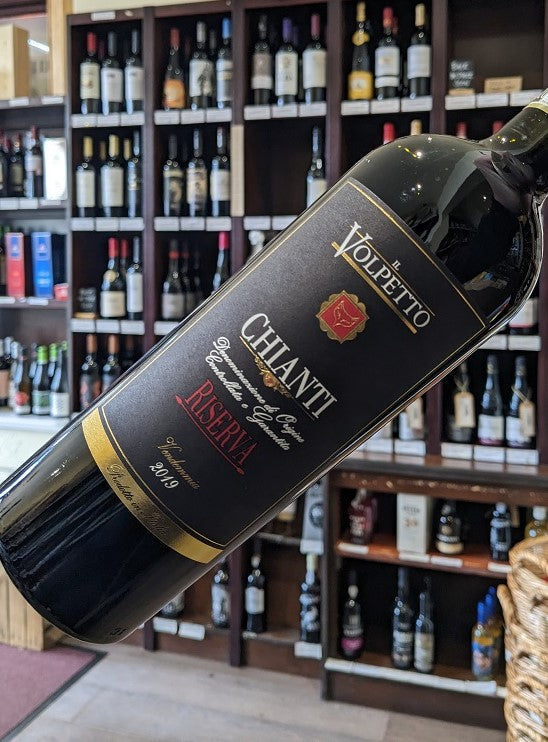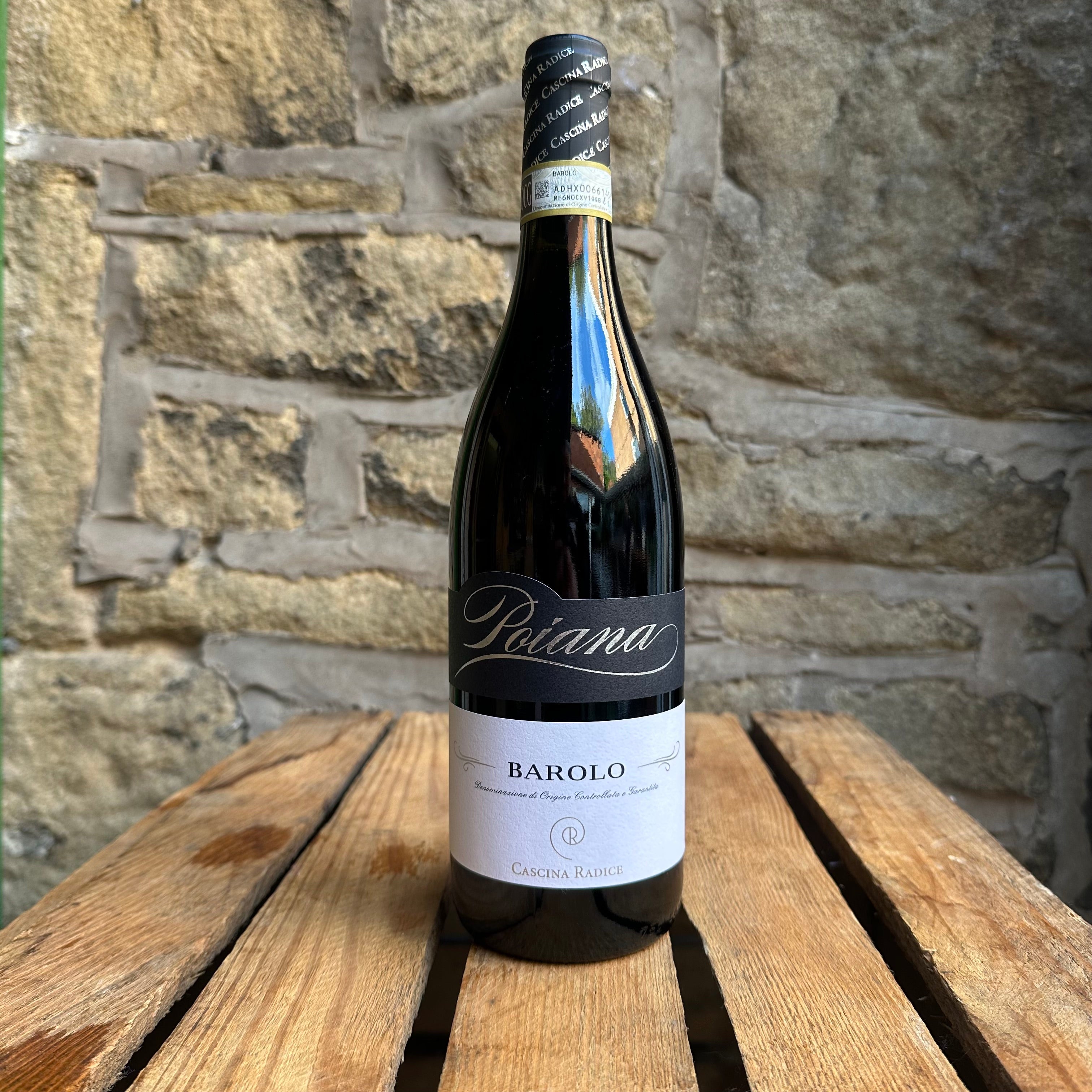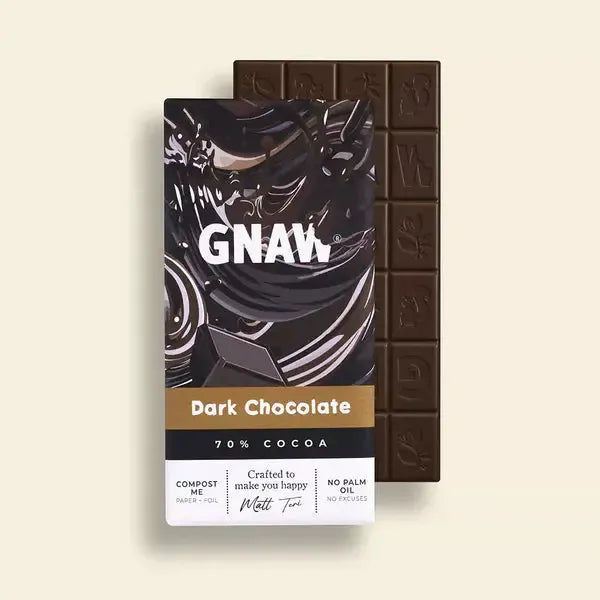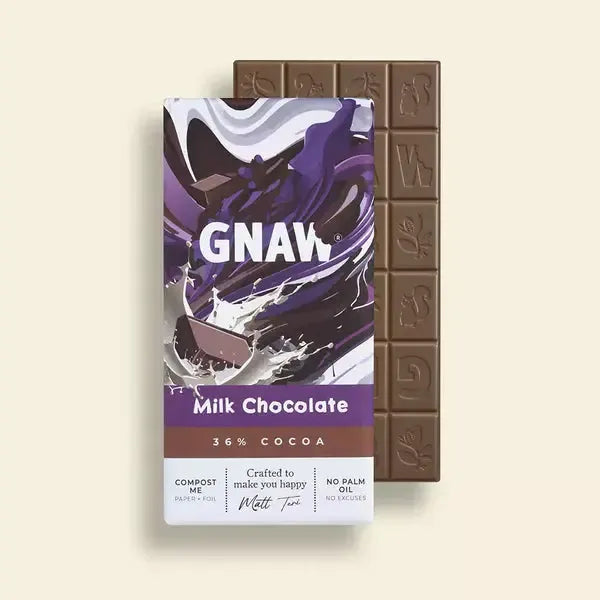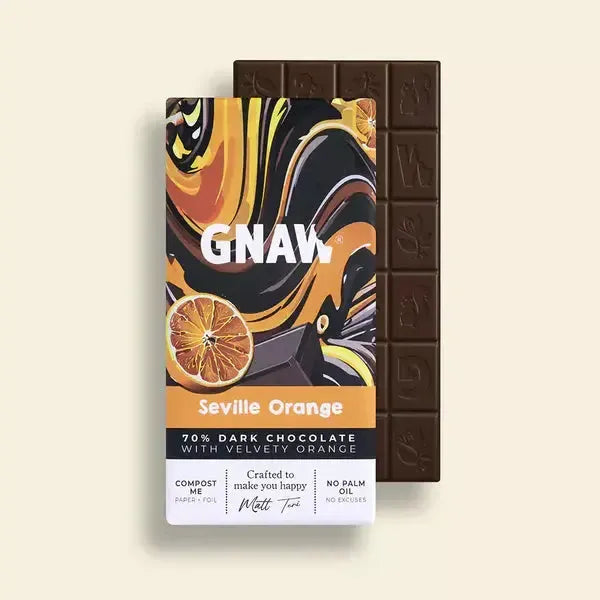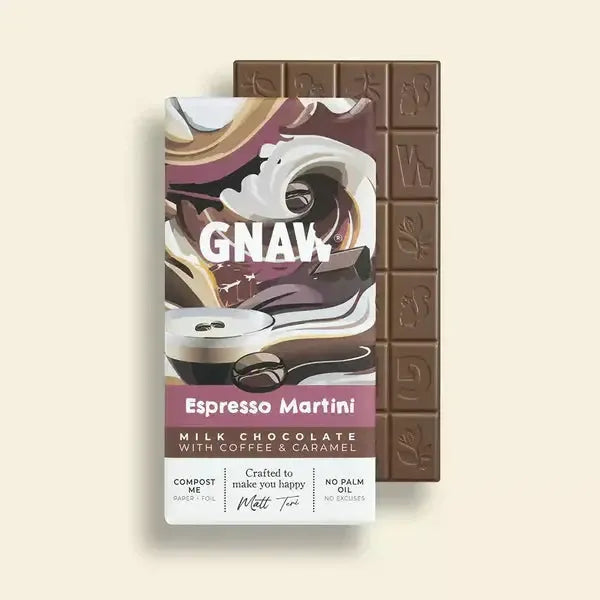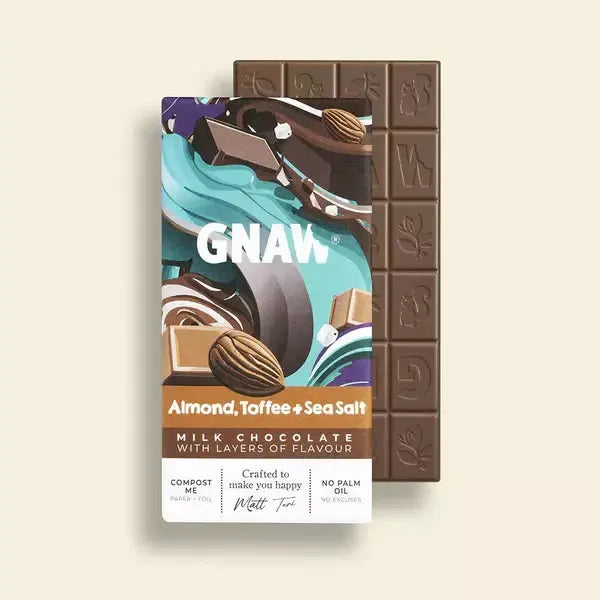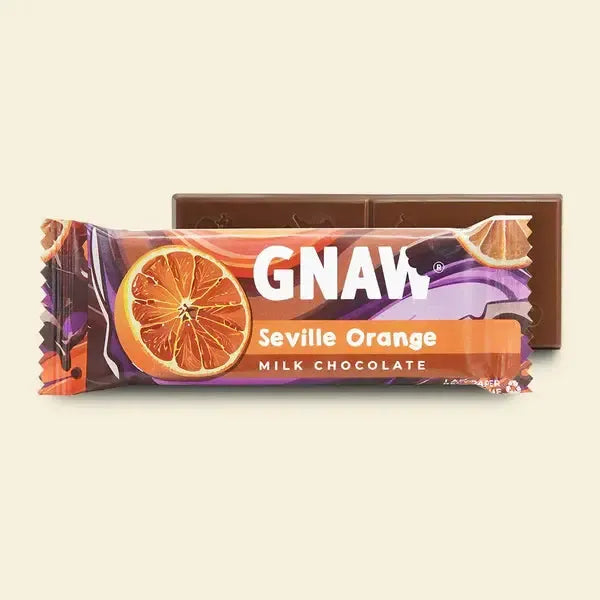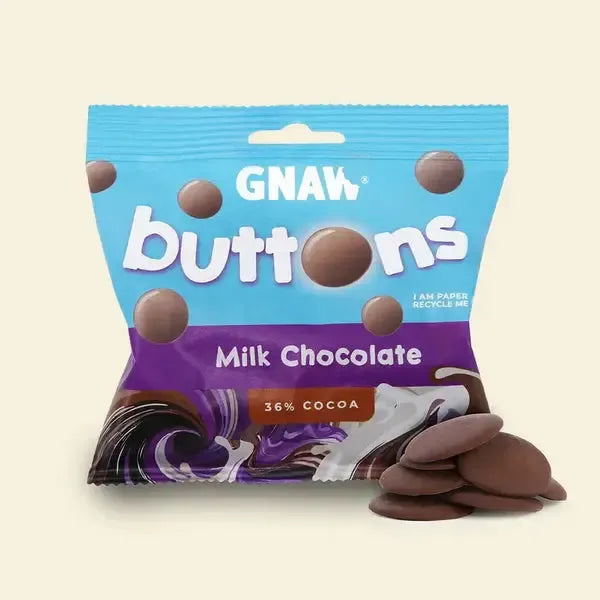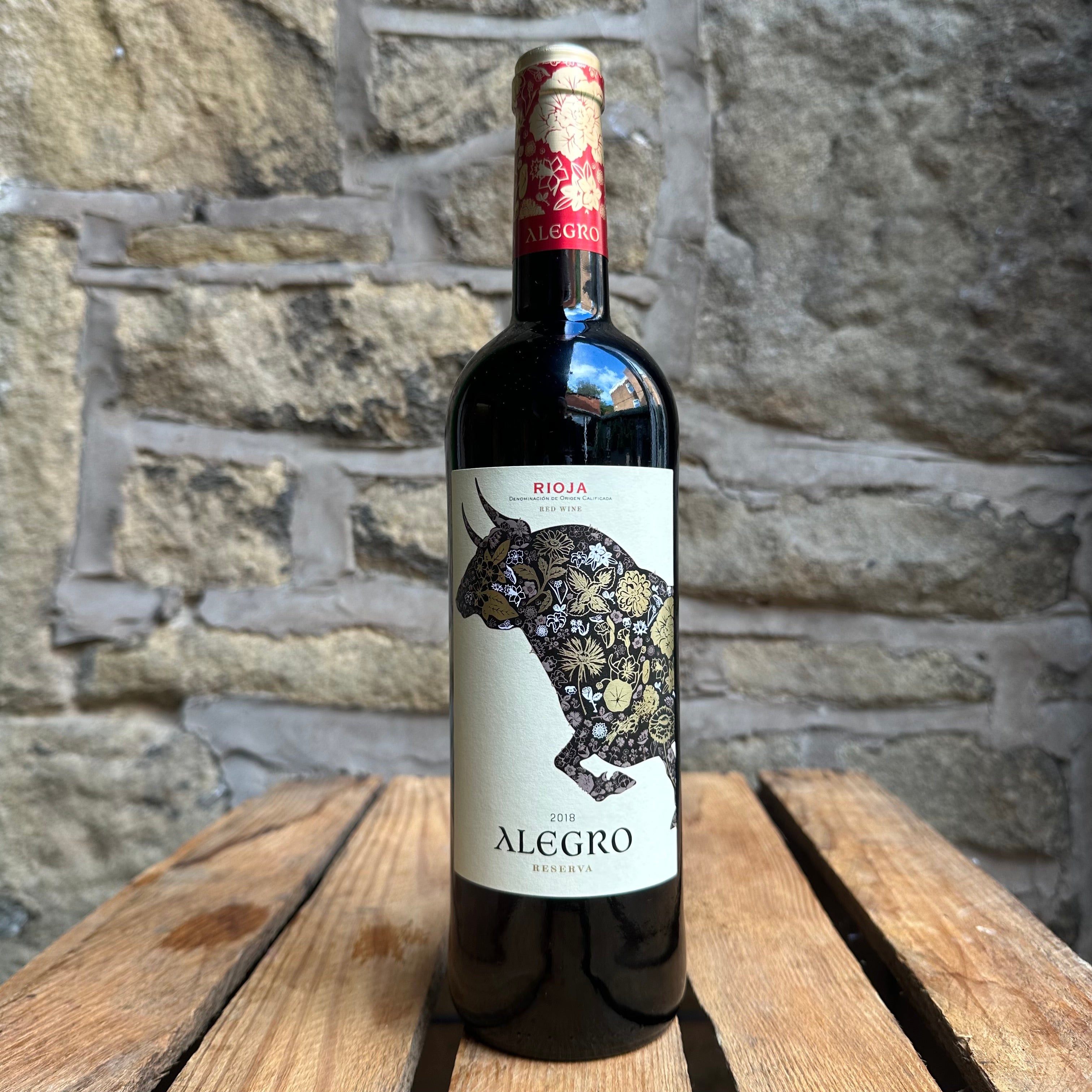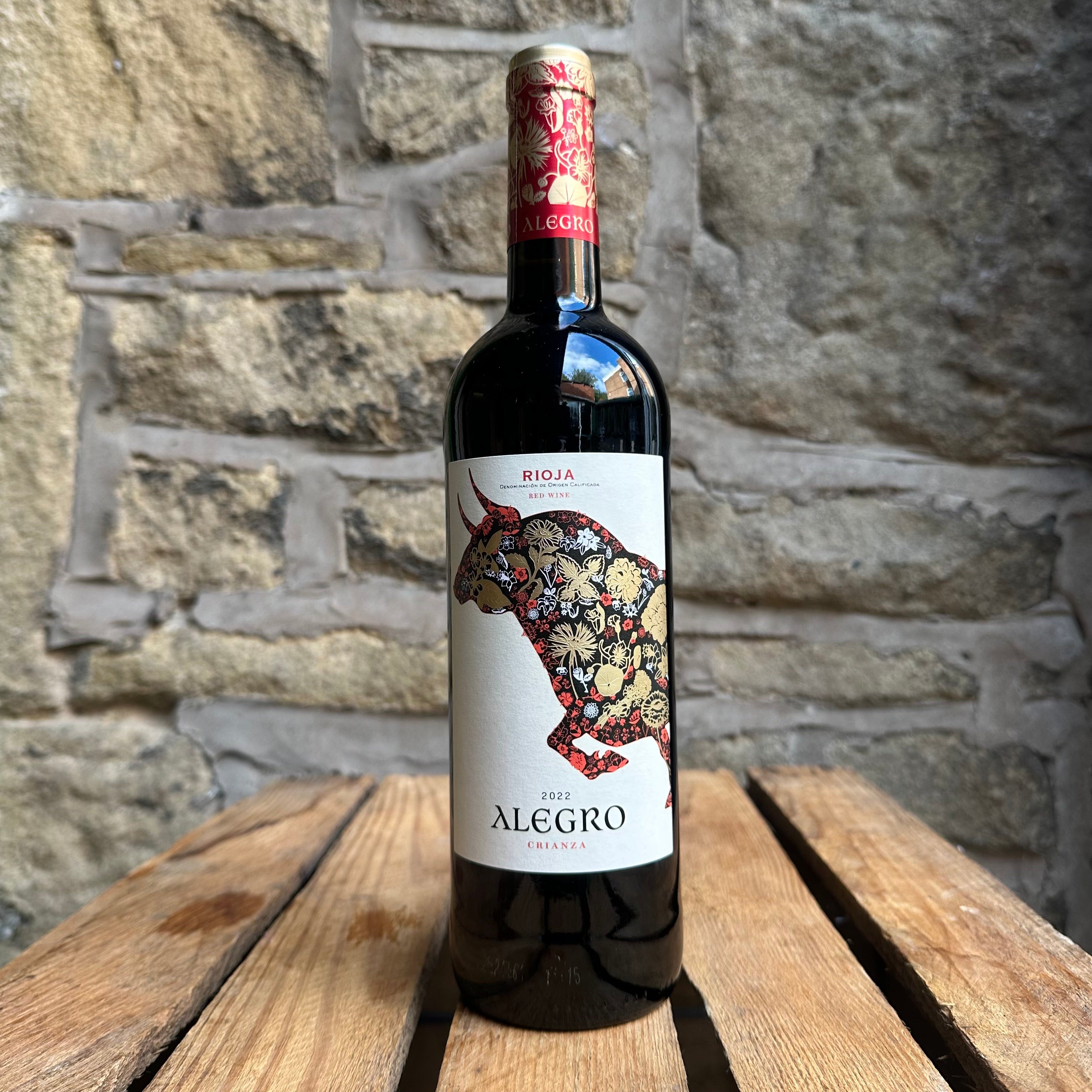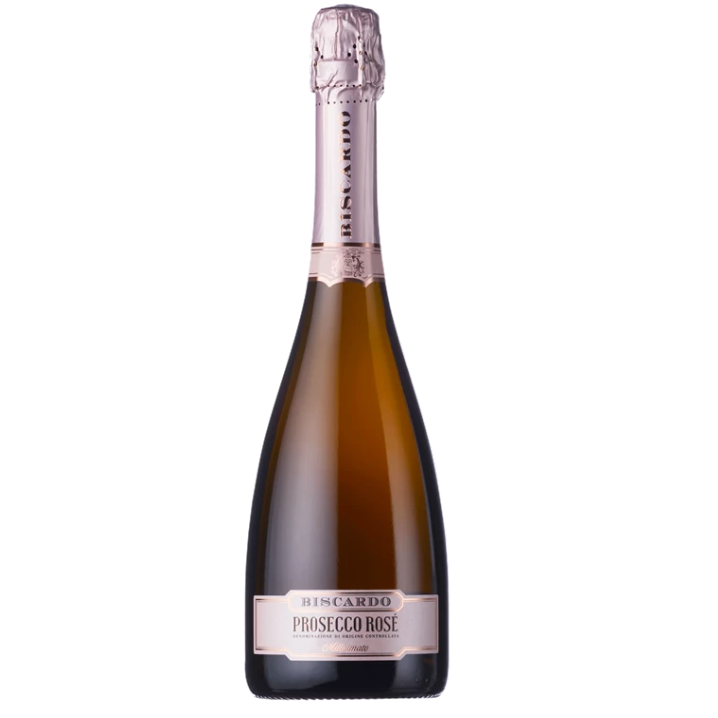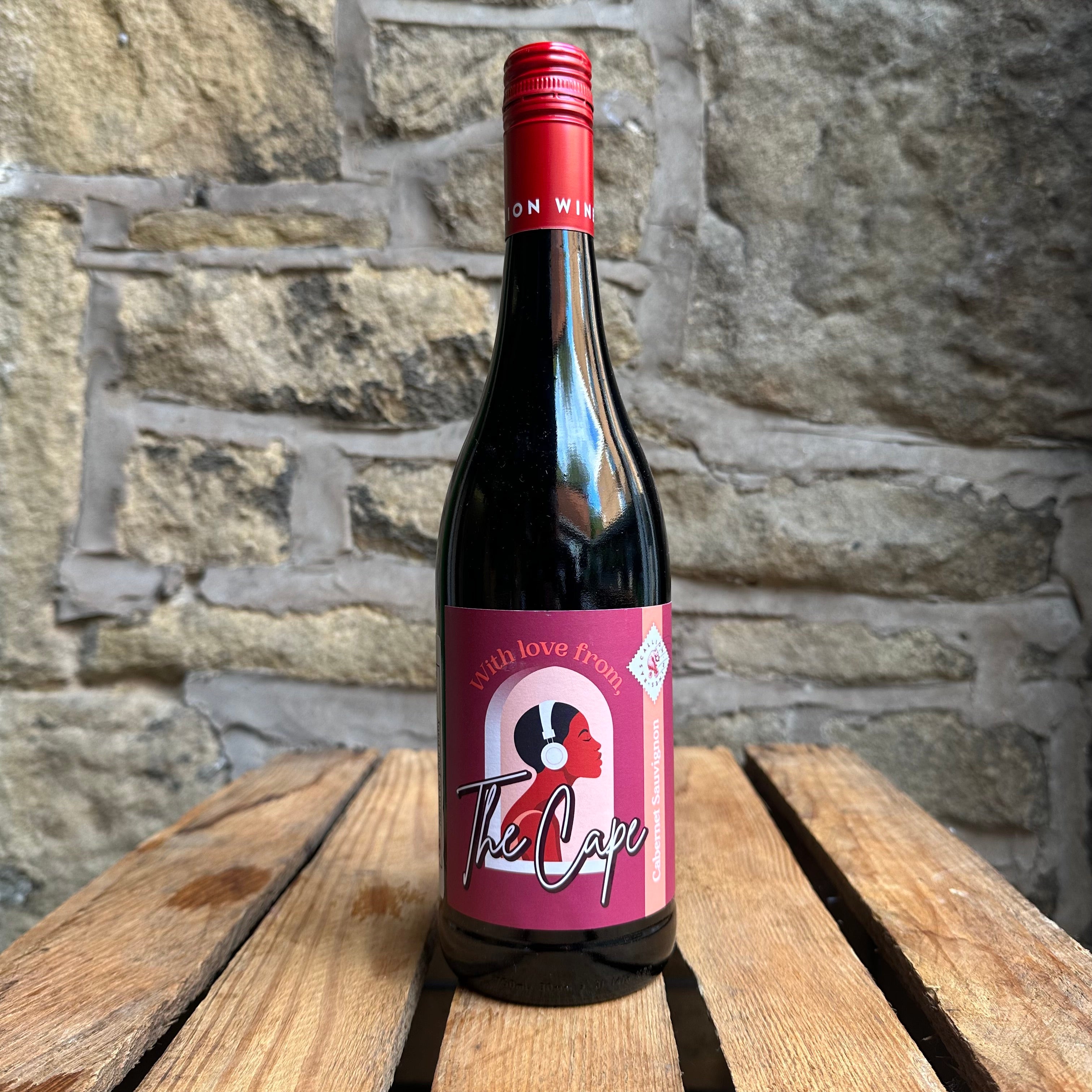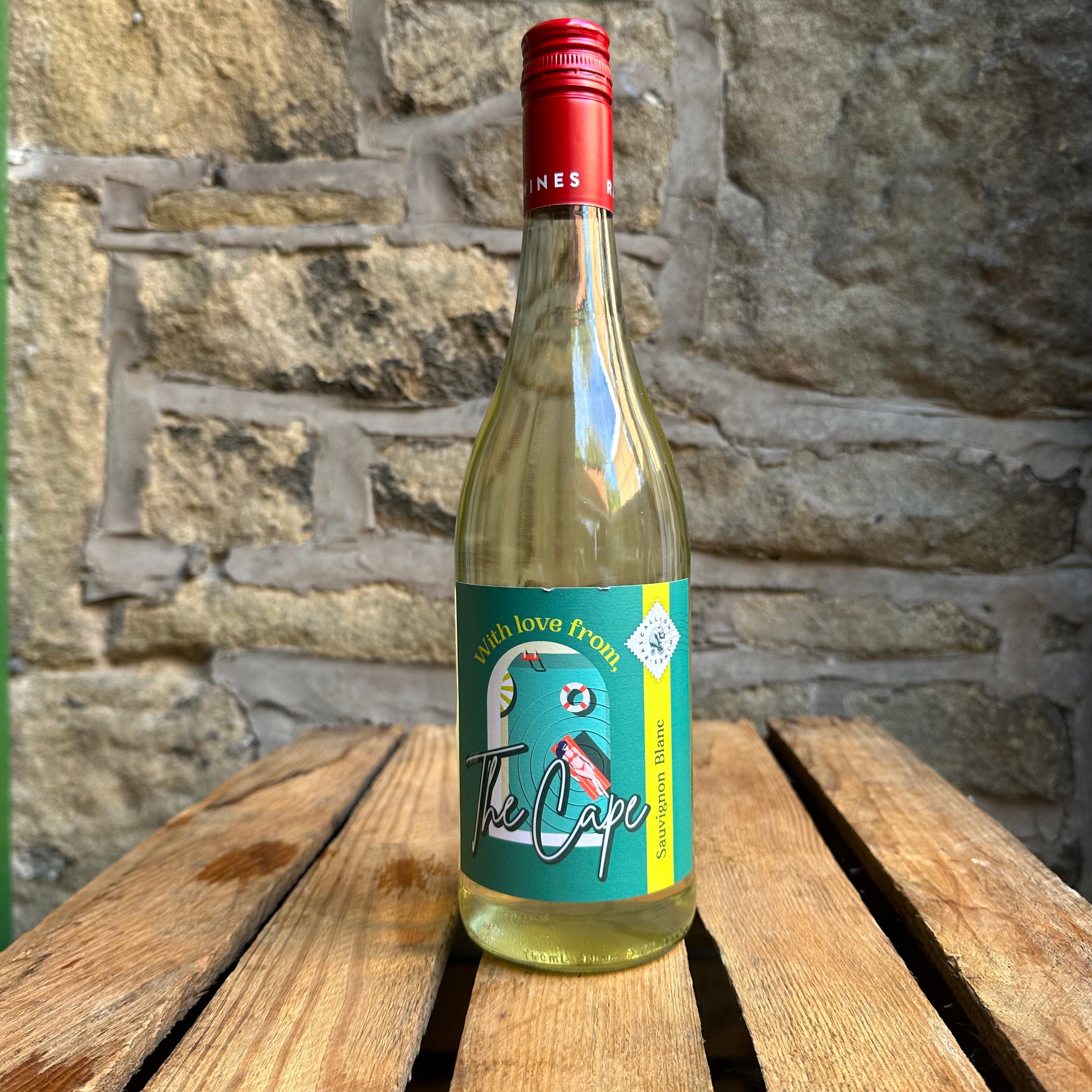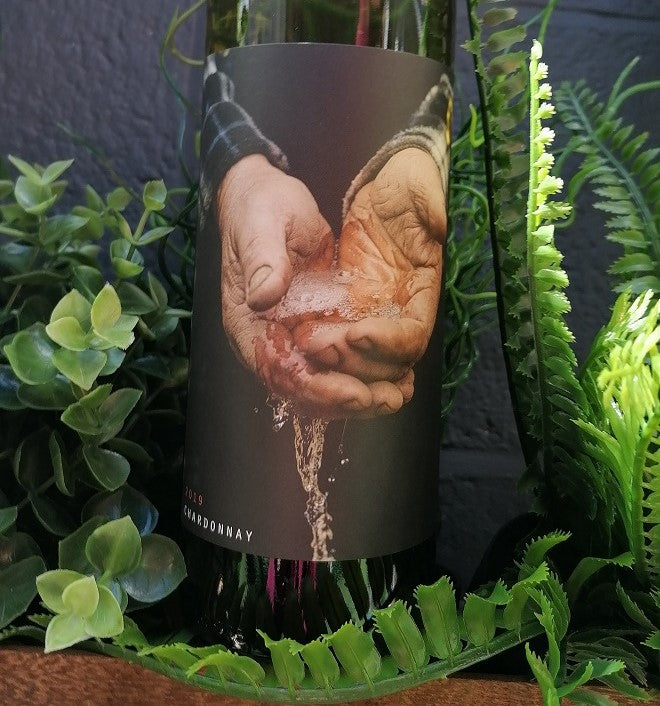
Celebrating Chardonnay

USA Wine Day and International Chardonnay Day on the 25th and 27th May respectively give us a great opportunity to explore two countries producing New World Chardonnay and explore why it still remains an essential grape for the industry. With a look at some exquisite wines from California and Australia, we hope we can tempt you back to this beautiful varietal.
THE GRAPE
Chardonnay originated in Burgundy, France and its still pride of the region today, with famed appellations providing a variety of premium styles; think Chablis, Meursault, Pouilly Fuisse, Macon Lugny or Chassagne-Montrachet. Regardless of the changing wine industry and its many ups and downs since the 1990's, Chardonnay has continued to remain in the top 10, if not top 5, of most planted grapes in the world.
The key to its success is vine hardiness and grape versatility, being a grape that suits everything from both simple, unoaked production or long ageing in oak barrels. As a fairly neutral grape, it takes on flavour profiles that reflect both the production methods and most importantly, the local terroir and climate. For instance, a Chablis may show white stone fruit, ripe apple and citrus alongside gentle florals, whereas a warm climate Chilean example may bring more tropical mango, pineapple and banana.
USA - CALIFORNIA
Chardonnay was introduced to California in the 19th century but was slow to take off, hiding even further in the background with the Prohibition era, Production picked up again in the 1940's and 50's with a lot of care and hard work over the decades culminating in an ingrained international reputation when a Californian Chardonnay wine won the top spot over premium Burgundy wines in the Judgment of Paris blind tasting by world experts in 1976.
This led to a huge increases in production during the 1980's, and it remains the dominant white grape across counties of California today. The Californian profile that brought heightened fame throughout the 1990's is truly unique. Creamy texture, buttery backbone, and elements of oak such as toasted nuts, vanilla and smoke. Fruit flavours were dominated by ripe or stewed orchard fruit, luscious tropical fruit, and even fig. This was achieved through treatment in new toasted oak barrel, often with malolactic fermentation, batonnage, and/or resting on lees.
Although this was the reason for Californian Chardonnay's rise to prominence, less full extremes of flavour are now widely popular mainly due to the market being inundated with cheap, mass-produced and heavily over-oaked wine by the turn of the millennium, which put many consumers off. Nowadays California still takes pride in the oaked and textured profile of their Chardonnay wines, but many producers work to find a happy median, Part-oaking is very popular, with a percentage of wine aged in stainless steel. This retains the beloved creamy texture, roasted nut and butter notes whilst balancing with refreshing acid, citrus zest and crisp apple.
Maggio Chardonnay from the Lodi area of California is a great example of this. Grapes are fermented in stainless steel for fresh fruit characters, with just a touch of delicate oak influence to impart subtle complexity and creamy texture. Typical fruity aromas of peach, mango, pineapple and melon are beautifully balanced on the palate, with refreshing citrus flavours cutting through to a long finish.
For those wanting a return past highs, neighbouring Ironstone Winery bring a quintessential Californian Chardonnay packed with yellow and tropical fruit aromas alongside light citrus and green apple hints. The palate balances a citrus undertone with ripe, fresh peach, savoury butterscotch and soft vanilla. Creamy, buttery, nutty and bold.
AUSTRALIA
Australia follows a similar New World path to the USA, with introduction of the grape in the 1830's and the grape remaining in the middle ground until a surge in the 1970's.Like California, ups and downs in the industry have not dented love for the grape and it still remains the most widely produced white wine in the country today.
Although now grown across the warm and cooler climate regions of the country, New South Wales on the south east coast was the first region to fully master the vine in the 1970s, with a Hunter Valley wine being the one that rose to prominence in 1972, sparking much popularity. The lavishness of the 1980's was when Australian Chardonnay took a real international foothold, soaring into the 1990's with aplomb. Just like California though, some Australian mass producers took less care when supplying over-oaked, cheap bulk wines for supermarket shelves.
To add to this, neighbouring New Zealand had begun to produce the crisp and restrained Marlborough Sauvignon Blanc style - an easy wine to turn to for many Australian Chardonnay lovers frustrated by unreliability. Producers were very quick to listen to the market though, with growing numbers creating crisp, unoaked styles, turning to the numerous cooler climate regions, or using far more subtle oaking methods. This change was termed 'New Wave Chardonnay' and was in full swing soon after the millennium.
Vinaceous Wines' Shakre epitomises this movement and demonstrates why Margaret River in Western Australia has become the benchmark wine region for Chardonnay. Grapes are sourced from un-irrigated old vine Mendoza clone vines in Wilyabrup, with 80% fermented in stainless steel and 20% in French oak barriques. The result displays bright, light and clean fruit aromas juxtaposing richer fruit flavours, added textural complexity, and subtle oak nuances. Citrus notes flow throughout to balance the tropical elements, and the mid-palate weight is brightened with a crisp, clean finish that lingers.
A Growers Touch Chardonnay from Mino & Co heads to the origins of New South Wales for its grapes, with a key aim to showcase local, low yield fruit of the highest standard. Light oak creates a wine with fresh aromas of nectarine, peach and orange blossom, whilst white nectarine and more stone fruit fill the palate, alongside citrus nuances and balanced acidity.
One Chain Vineyard's The Googly goes back to fuller oak treatment with careful monitoring throughout production for classic, yet accessible wine. South East Australian grapes bring fresh aromas of citrus and tropical fruit. The palate is surprisingly crisp, lively and bright, with tangy tropical fruit and melon shining through.


